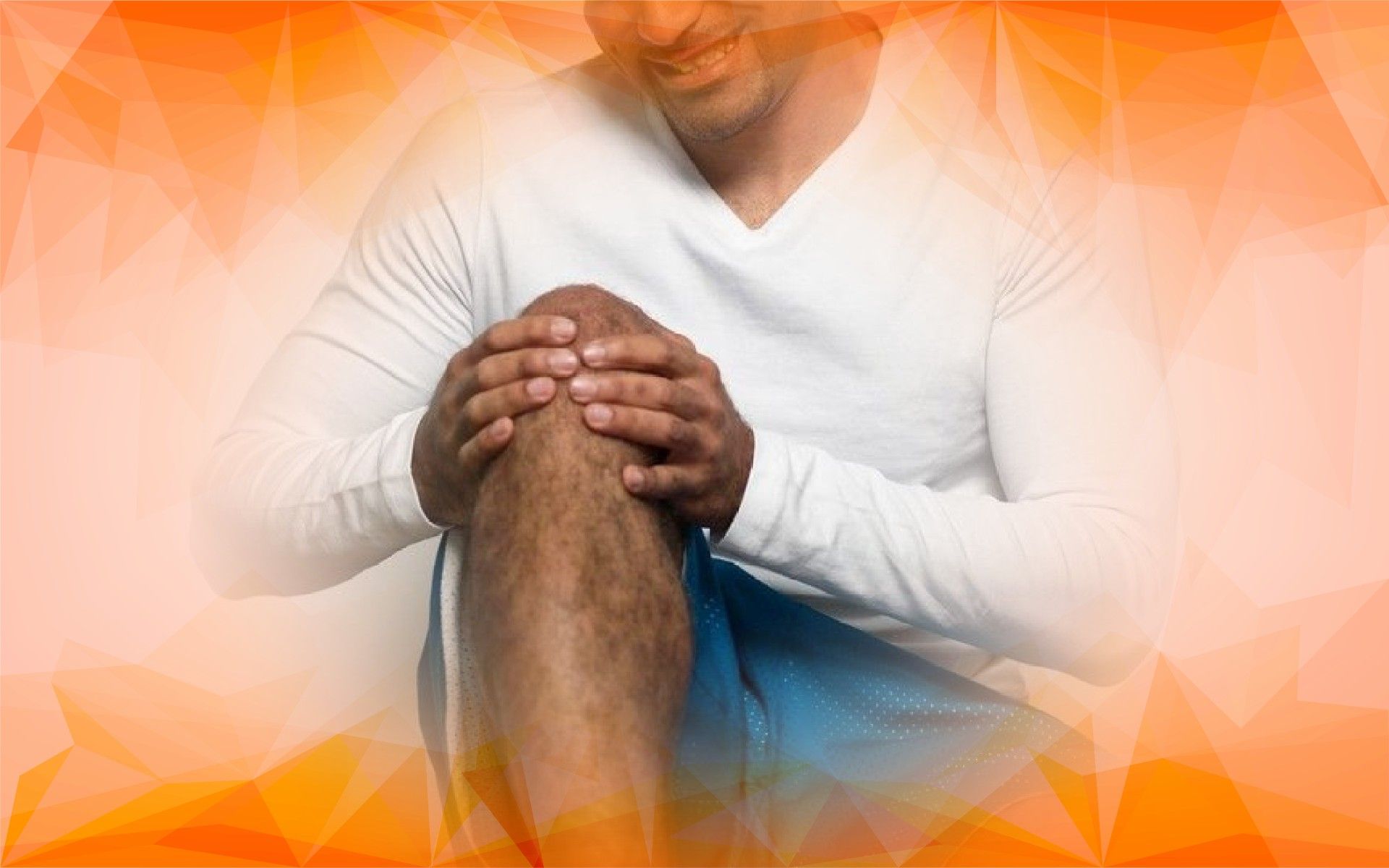Introduction: Understanding the Challenge of Knee Osteoarthritis
Knee osteoarthritis is a widespread condition that causes pain , stiffness, and difficulty moving the knee. Affecting millions worldwide, it can make everyday activities like walking or climbing stairs challenging. As knee osteoarthritis becomes more common, the need for effective, non-surgical treatments has never been greater. For years, knee braces have offered support, but recent breakthroughs in biomechanics—the science of how our bodies move—have led to new, smarter designs that provide more comfort and relief. In this article, we’ll explore how these modern knee braces are changing the lives of people living with osteoarthritis.
A Brief History: From Basic Braces to Biomechanical Designs
Early knee braces were quite basic, built from stiff frames designed mainly to keep the knee stable and prevent painful movements. While helpful, these braces were bulky, uncomfortable, and often limited natural knee motion. Over time, new materials made braces lighter and more flexible, but their core function remained the same. A major shift came when researchers began applying biomechanical principles to brace design. Instead of just stabilizing the knee , new braces are engineered to reduce pressure on the parts of the knee most affected by osteoarthritis . By targeting the source of pain and protecting vulnerable areas, these innovative braces make a real difference in how people move and feel. Recent studies indicate that these “offloader” knee braces can improve walking ability and help some people maintain a more active lifestyle.
How Biomechanics Improves Knee Braces
Biomechanics focuses on how forces interact within the body to influence movement and function. Modern knee braces use this knowledge to redistribute weight more evenly across the knee joint —especially away from the inner section, which is often most affected in osteoarthritis. Imagine using a supportive beam to take weight off a weakened part of a bridge; that’s how these braces work to ease pressure on painful areas. Many of today’s braces are designed to move with you, adjusting dynamically to your walking patterns. Instead of restricting motion, they provide responsive support, improving comfort, balance, and ease of movement . This smart support helps people stay active and reduces pain during everyday activities.
What the Research Shows
Research backs up the benefits of these advanced braces. One key measurement in knee osteoarthritis is the “knee adduction moment”—the force that pushes the knee inward and can worsen joint damage. Studies show that modern braces help reduce this force, leading to less pain and improved mobility for many users. People using these braces often find they can walk faster and more comfortably. Perhaps most importantly, these braces promote regular, consistent use by being comfortable and unobtrusive—two factors linked to better outcomes and possibly slower disease progression. While results are promising, experts agree that more large-scale, high-quality clinical trials are needed to confirm all the benefits and fine-tune the designs even further.
The Real-World Impact and Future Directions
For many living with knee osteoarthritis , these new braces offer hope. Users frequently report that they experience less pain and greater freedom in daily life. This improved mobility helps maintain muscle strength and overall joint health, reducing the risk of related issues like muscle loss or the health impacts of inactivity. Looking to the future, researchers are developing even smarter brace designs, including braces with built-in sensors that automatically adapt to your movement throughout the day. These innovations promise braces that are personalized, discreet, and even more effective in supporting an active lifestyle.
Conclusion: A New Chapter in Osteoarthritis Care
The evolution from basic knee braces to biomechanically advanced devices marks a significant step forward in osteoarthritis treatment . By harnessing a deeper understanding of knee mechanics , today’s braces offer real pain relief and may help slow the progression of the disease. As technology continues to evolve, patients and healthcare providers can look forward to even more innovative solutions that enhance mobility and quality of life. If you or someone you care about is managing knee osteoarthritis , staying informed about these new options and discussing them with your healthcare team can help you find the support you need to remain active and independent.
References
Moller, F., Ortiz-Muñoz, L. E., & Irarrázaval, S. (2021). Offloader knee braces for knee osteoarthritis. Medwave, 21(03), e8114-e8114. https://doi.org/10.5867/medwave.2021.03.8114
Stamenović, D., Kojić, M., Stojanović, B., & Hunter, D. J. (2009). Pneumatic osteoarthritis knee brace. Journal of Biomechanical Engineering, 131(4). https://doi.org/10.1115/1.3072890
Rannou, F., Poiraudeau, S., & Beaudreuil, J. (2010). Role of bracing in the management of knee osteoarthritis. Current Opinion in Rheumatology, 22(2), 218-222. https://doi.org/10.1097/bor.0b013e32833619c4




